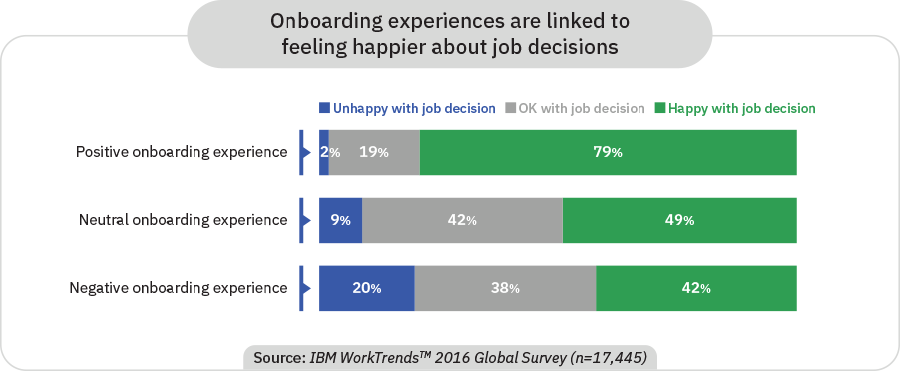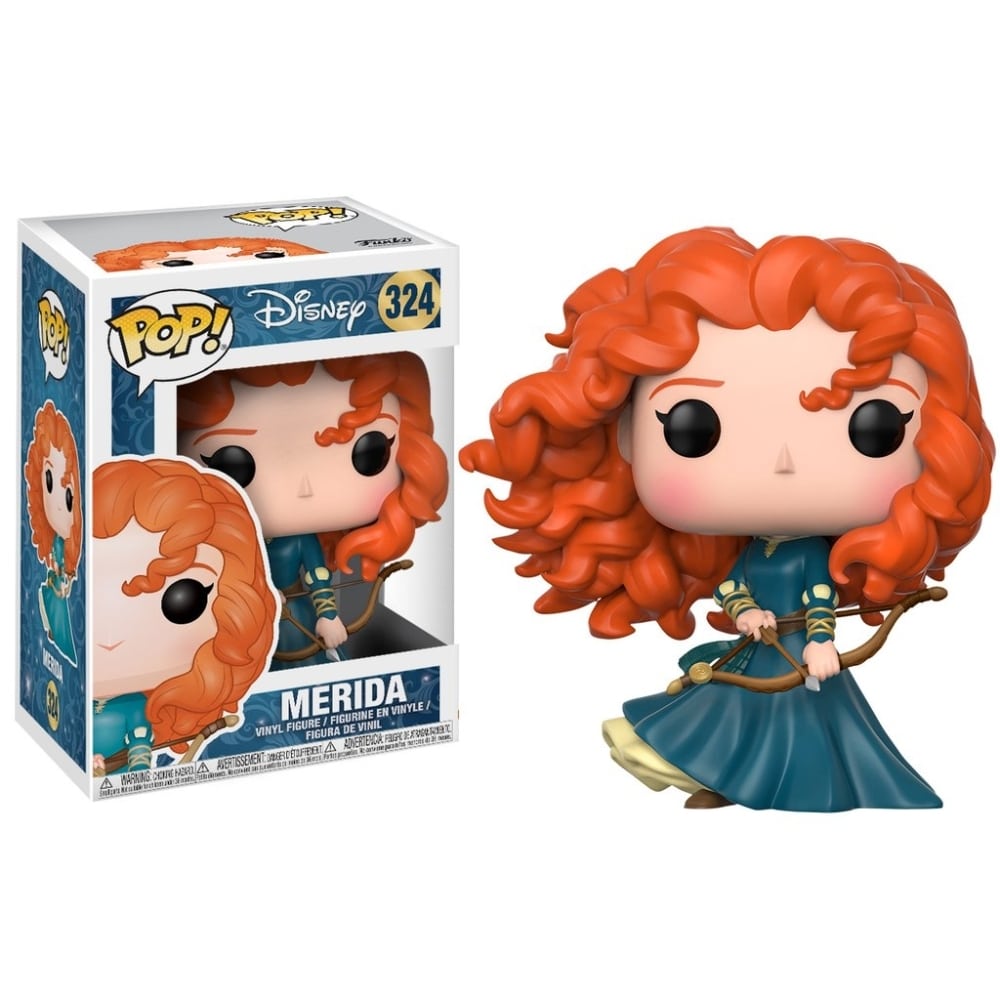So imagine this: You’ve been recruited by this company for months. You’ve finished their entire interview process, been wooed over dinner or drinks, and are super excited to join the team. It’s your first day. You go to their office and are shown to your desk. While waiting to receive directions on the new hire onboarding process, the HR person comes up to you and sadly informs you that they forgot to order your equipment and it will be a few days before it arrives… so you go home.
Upgrade your founder toolbox and upgrade to Crunchbase Pro.
This is not some fictional scenario. I’ve seen this happen to friends and former coworkers multiple times. It’s also happened to me. And I will never understand why.
Why it’s important to build a process for onboarding new hires
As the founder or hiring manager, you’ve spent weeks, or even months, recruiting this candidate, only to drop the ball at the finish line. And now their first impression of your company is, “Wow, this place is really disorganized.” It’s amazing how many companies place so much emphasis on recruiting but forget to have good (or any) onboarding processes in place.

Photo Credit: IBM
Notably, consider the facts:
- Employees are 69% more likely to stay with your company for at least three years if the onboarding is great.
- 91% of first-year workers are retained by companies with an efficient onboarding process.
- 49% of millennials want a better onboarding process.
This means onboarding is no longer a process you can afford to ignore. It will not only directly impact the health of your culture, but it will also impact your ability to retain your best people.
Best practices for your onboarding process
Here are some basic things you can do to run your onboarding process successfully. These practices are based on my experience at Dairy Free Games as well as hearing about the onboarding process done right at other companies.


A simple way to show new hires you listened during the interview process? Dairy Free Games gave new team members Funko Pop action figure that matched the personality and interests they shared in their interview process. Photo Credit: Calendars.com
1: Find fun ways to integrate employees into your culture immediately.
The faster a new hire identifies with your culture and feels like part of the team, the faster they’ll be able to communicate effectively and contribute meaningfully.
That’s your responsibility, and it starts on day one.
At Dairy Free Games, Dennis and I gave new team members a little Funko Pop action figure that matched the personality and interests they shared in their interview process and asked them to keep it on their desk. It was a simple and fun way to show new hires that we listened and made an effort to get to know them. It also was a little icebreaker for other team members to stop by their desk and introduce themselves more personally.
Whatever you decide to do to this end, the important thing is that you do something and that you do it quickly.
2: If you’re the founder or hiring manager, greet a new hire yourself and introduce them personally to their coworkers.
I haven’t met anybody who hasn’t admitted to showing up to their first day at a new company a bit nervous (myself included). Starting at a new company is a fresh opportunity for a new hire to feel valued and included and to make a real impact—basically everything you promised them during the recruiting process.
The best way to ensure they hit the ground running? Be present on their first day, shake their hand, and introduce them personally to their new team. Take them and their new team out to drinks or to lunch and get them immediately comfortable in this new environment and communicating openly with their new team members.
These are things you need to do even if the new hire is junior. It really makes a difference for employees when the CEO appears excited about and invested in their success and presence. I remember my co-founder, Dennis, telling me that when he was at Microsoft, Steve Ballmer would come hype up all new classes of employees, from summer interns to senior level managers.
3: Have everything prepared for them, including a computer and immediate tasks.
I had a friend land an amazing role at a big game studio. My friend was coming in at a very senior position. He was recruited, and the studio had seemingly put a lot of effort and resources into bringing him on and creating his role.
He went into the office for his first day to supposedly go through onboarding and get to work. Unfortunately, they forgot to order his computer or give him any network credentials. So they sent him home and told him to come back next week. This is not some small studio I’m talking about. This is a $1 billion game studio with thousands of employees.
That’s just inexcusable.
For one thing, it amounts to wasted money for the studio. Those five days he spent at home could have created value for the company or spent getting up and running.
Ensure productivity from day one
As a founder, your goal in onboarding is to ensure your new employees are productive from the very first hour they’re at work. That’s something companies like Facebook, for example, do really well––and it’s one reason why they’re so successful. No time (or money) is wasted.
Not having tools, equipment, or processes set up for a new employee puts another bad taste in new hires’ mouth. It could lead them to start questioning their ability to really make an impact. Bad onboarding could also lead to an even worse case of “NewCo Imposter Syndrome” if they start feeling ineffective. So basically, it sets employees up either to fail or to quit.
Additionally, good luck getting a referral from a new hire who just went through a terrible onboarding experience. When you’re a really early startup, you can’t afford to miss these referral opportunities.
Ultimately, a new hire’s first day should be like walking into a 5-star hotel.
The process should be seamless and exciting. Everything should be prepared for them and should make them feel great. You, their hiring manager, and their team lead should all be there to greet them. Their equipment should be set up and working. Their passwords and profiles should be ready and waiting.
You should enter into the onboarding process thinking of your new hire as a rockstar you’re hosting and want to impress––just like at a hotel. Five-star resorts are known for their service and attention to detail. Great companies should be, too.
Beyond Facebook, there are a few companies who do this really well.
Pixar, for instance, immediately gets to work encouraging employees to showcase their personality for their teams. Zappos, meanwhile, believes so wholeheartedly in the effectiveness of their onboarding program that at the end of it, they offer employees $2,000 to quit. Ultimately, less than 1% of new hires take the offer.
Great onboarding, at the end of the day, amounts to immediately and seamlessly creating a human connection between you, as a founder or hiring manager, and the new hire.
Great companies go above and beyond to get employees working productively right away. They purposefully integrate new hires into their culture, so their new employees immediately feel like they’re contributing to it.
Your new employee onboarding process checklist
If you’re tweaking your onboarding program right now or considering how it could be improved, here are some super easy things to make sure you have in place:
- Have your new hire’s essential equipment ready Day One. This includes:
- Desk, chair, office, computer
- Key credentials and software access
- Ensure you or the hiring manager is there to greet them
- Ensure you have a process in place to introduce the new hire to everyone on their immediate team
- Have the first set of initial tasks ready for your new hire to immediately start working on. Most importantly, make them feel like they are needed and get them contributing and making an impact from Hour 1.
Alex Paley is a Head of Studio at Glu Mobile, where he runs a studio of about 30 people and concentrates on real-time multiplayer games. Previously, he was the co-founder of Dairy Free Games, which was acquired by Glu in August 2017, and the co-founder of TrackingSocial, a social media analytics company that he and his partner spun into art investing. He’s still involved with investing and has invested in startups that have been acquired.







